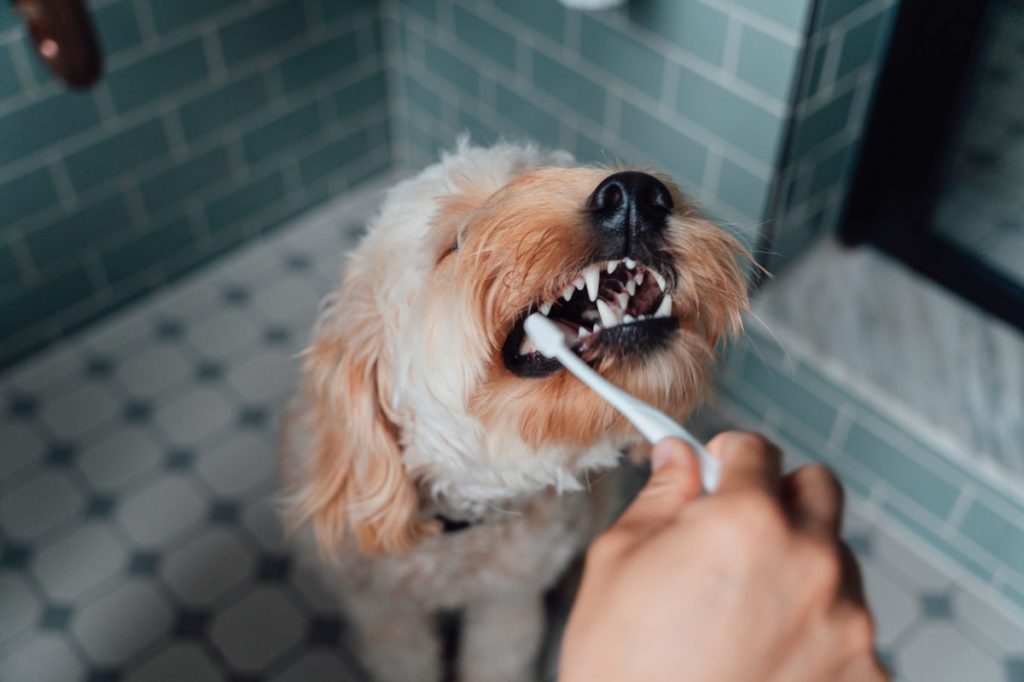Despite the fact that proper dog dental care is essential to good health in your pooch, statistics show that two-thirds of all pet owners do not take care of their pets’ teeth as recommended by their veterinarians. The unfortunate result of this lack of dental care is that 80 percent of all dogs have symptoms of oral…

The pet nutrition market can be quite challenging to navigate, especially when it comes to finding the best dry dog…



